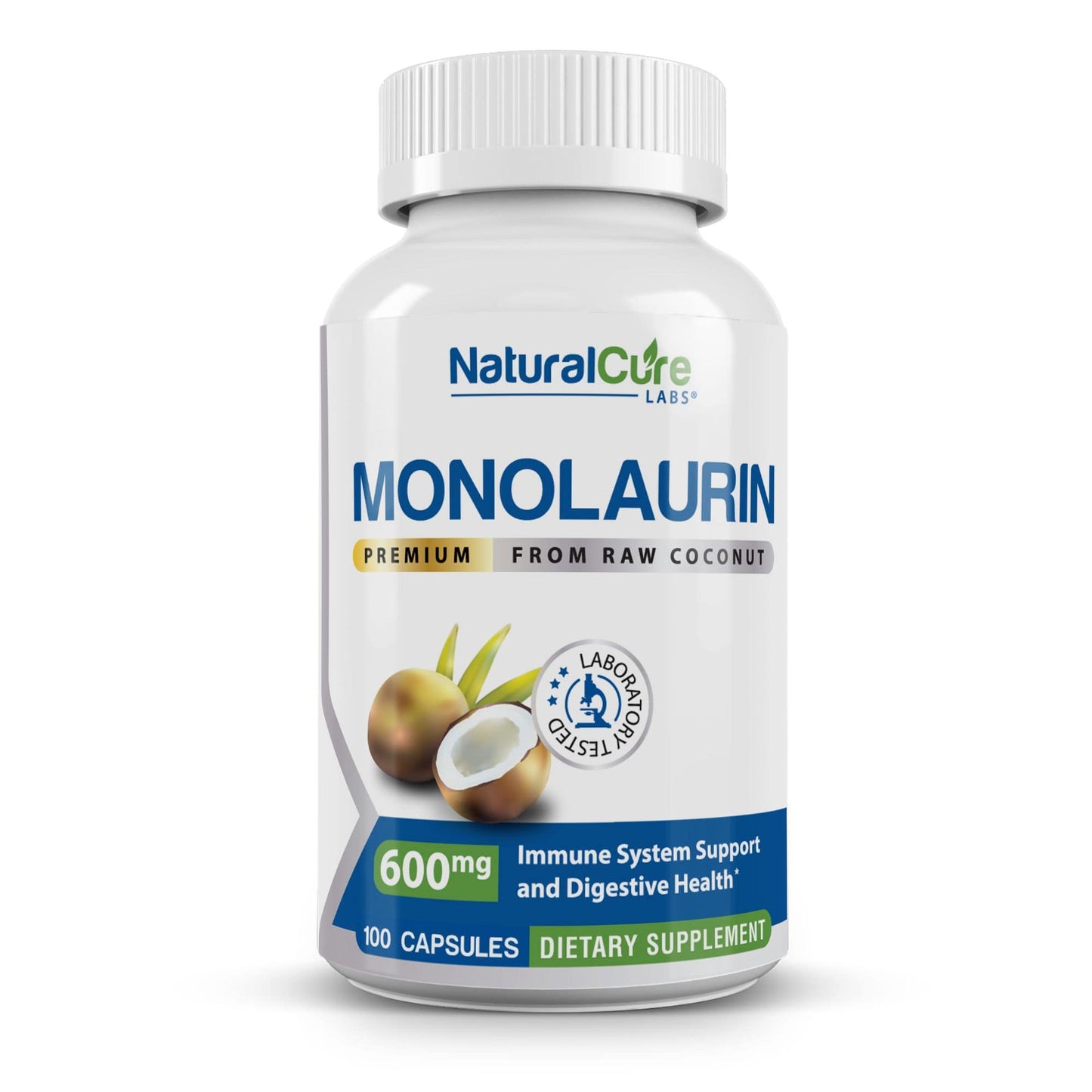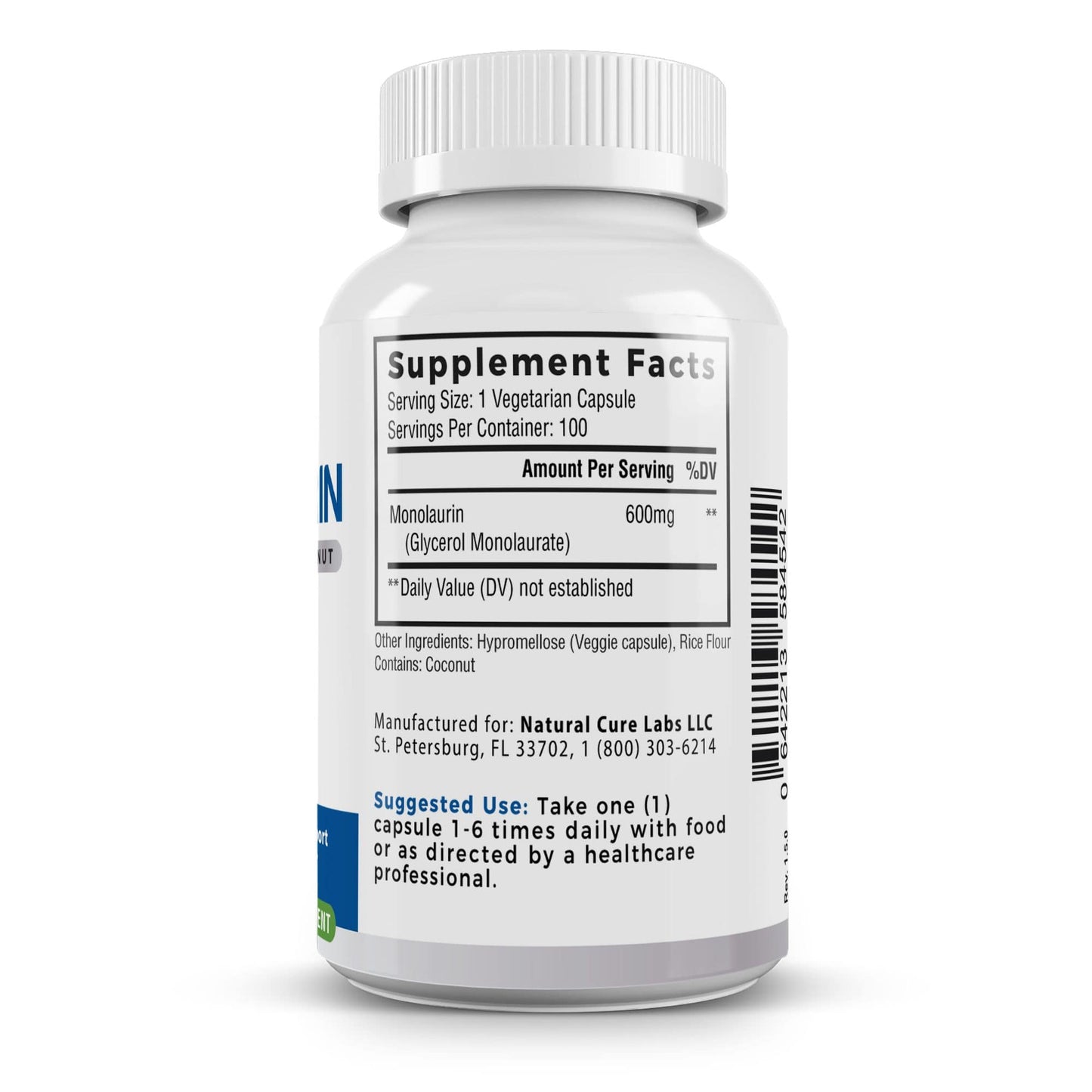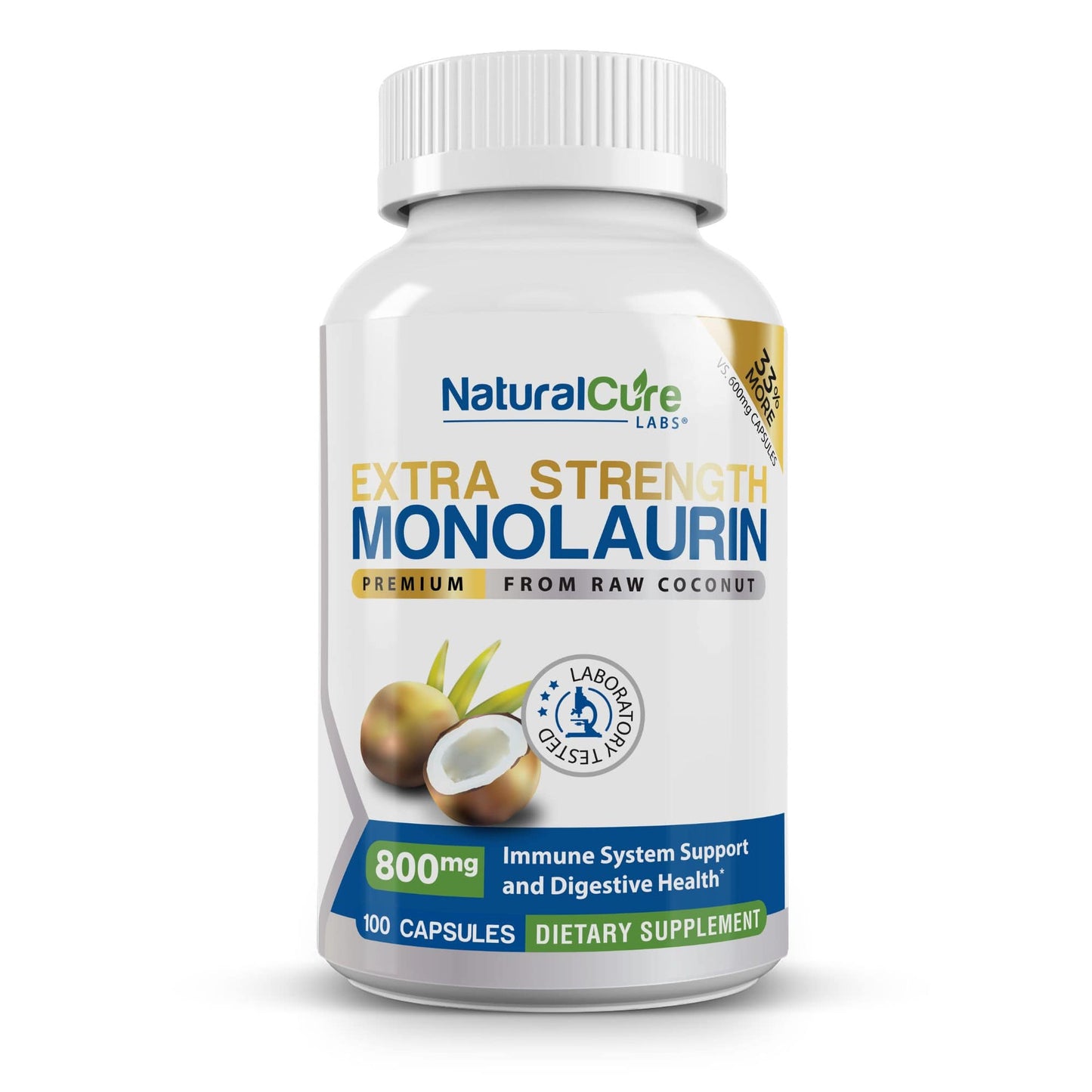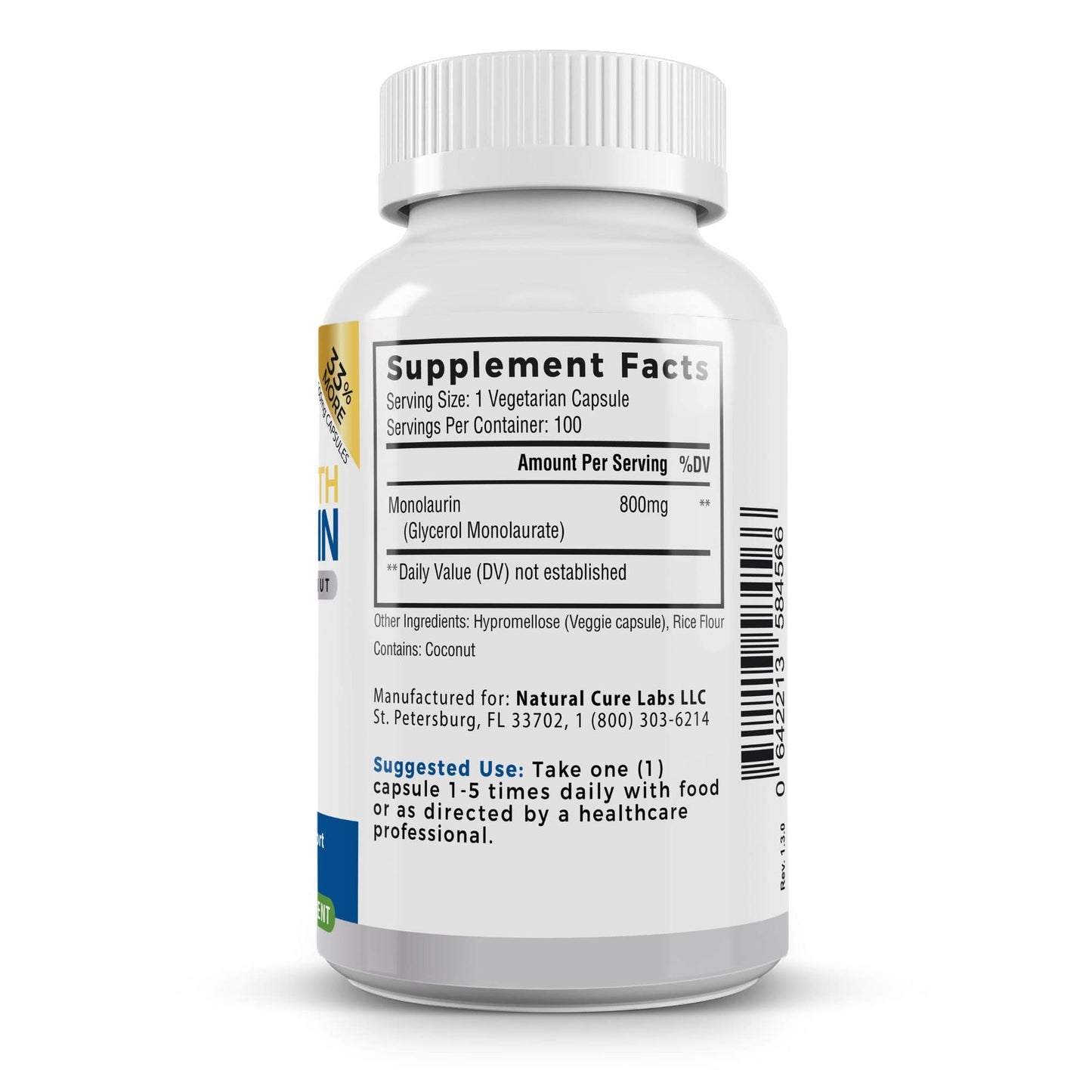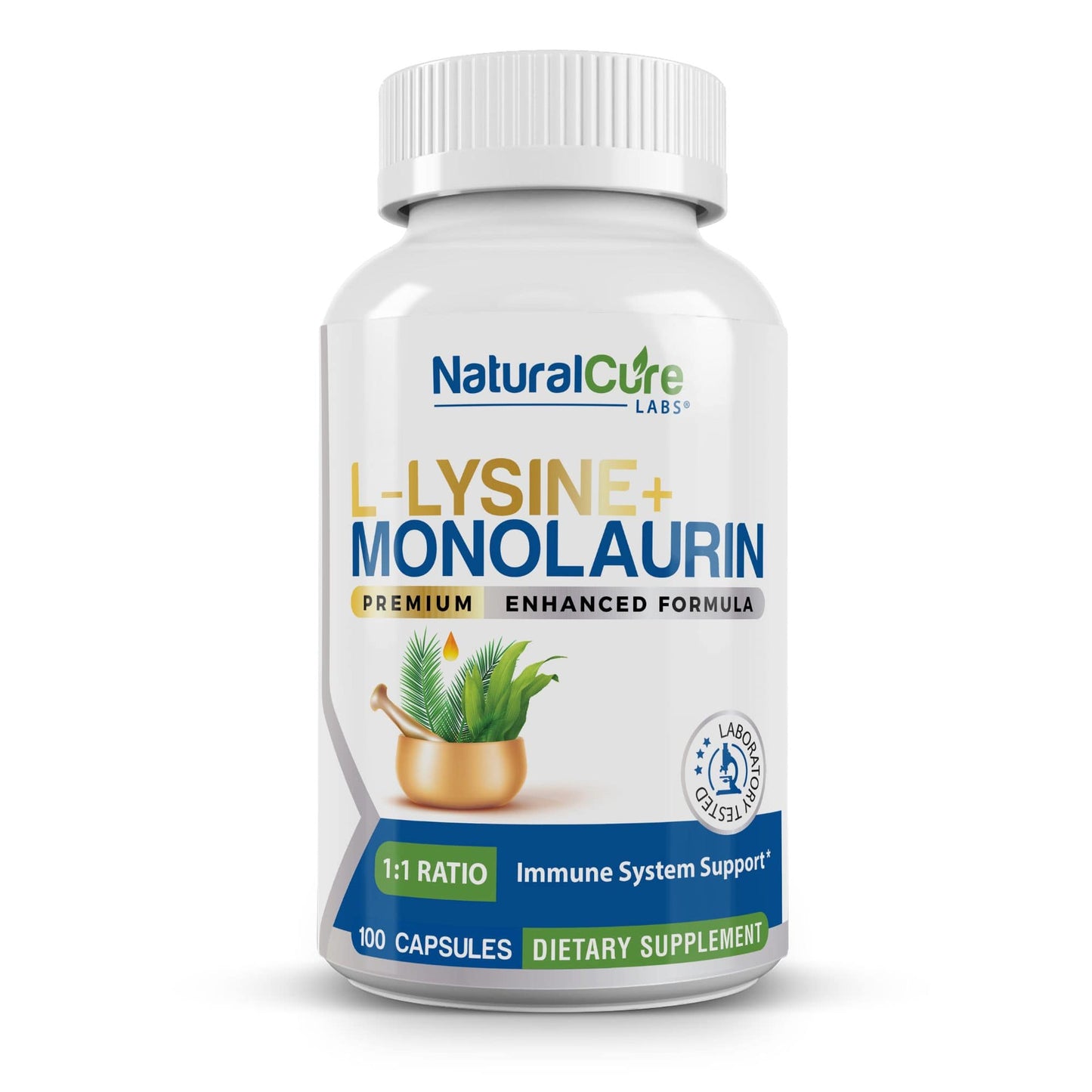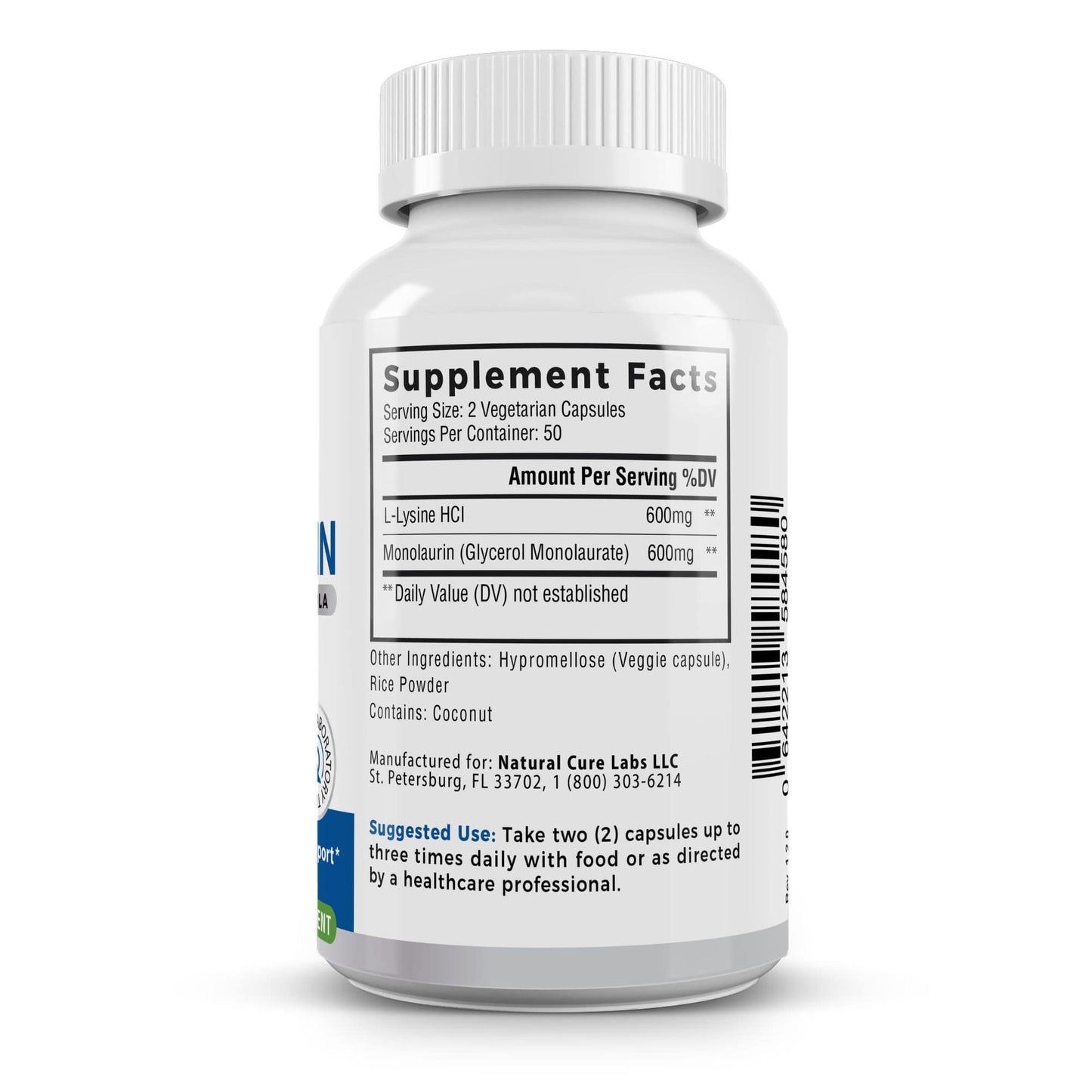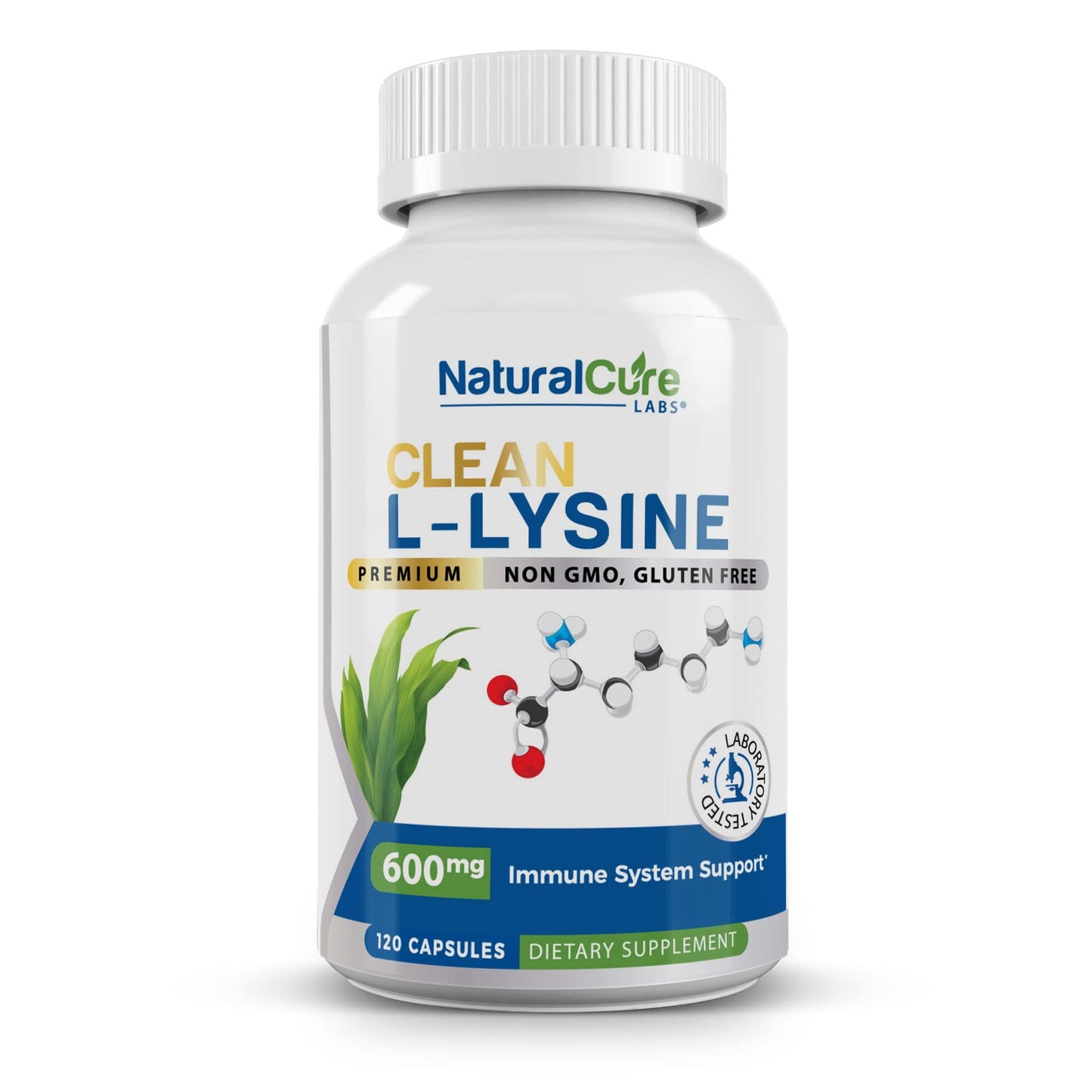
📝 Medically reviewed by Dr. Patricia Shelton
🔍 Last updated May 12, 2025
📚 7 citations
📖 6 minute read
About the Author:

Dr. Patricia Shelton, MD, has been a medical communicator and educator since 2014. She holds a Doctor of Medicine degree and a Bachelor's degree in Neuroscience, both from the University of Washington in Seattle.
--
Andrographis paniculata and Echinacea purpurea are two well-known medicinal herbs often associated with immune support and respiratory health. Andrographis, sometimes called the “King of Bitters,” is native to South Asia and has a long history of use in Ayurvedic, Chinese, and other traditional medicine systems.¹ Echinacea, commonly known as purple coneflower, is native to North America and has a long history of traditional use by Indigenous communities, particularly in supporting overall wellness.² ‡
Both herbs are popular today as dietary supplements, especially for seasonal wellness.‡ This article provides an in-depth, evidence-based comparison of Andrographis paniculata and Echinacea purpurea, covering their traditional uses, bioactive compounds, mechanisms of action, roles in immune health, clinical research, and common supplement forms.
Jump To:
- Traditional Uses
- Bioactive Compounds and Phytochemistry
- Immune Support and Seasonal Wellness
- Mechanisms of Action
- Clinical Research Highlights
- Use in Dietary Supplements
- Conclusion
- References
Traditional Uses

Andrographis paniculata (commonly known as Kalmegh) has been traditionally used for centuries in many different medical systems, including Ayurveda, Traditional Chinese Medicine (TCM), Siddha medicine, and Thai medicine. Historical sources describe its use for general wellness, often in formulations intended to "cool the body" or support balance during seasonal challenges. In Ayurveda, it has been classified as a bitter tonic associated with liver and digestive health, while in TCM, the herb - referred to as Chuan Xin Lian - is traditionally used to clear internal heat and support respiratory comfort.³ ‡
Echinacea purpurea (commonly known as Purple Coneflower) is native to North America and was widely used by Indigenous communities, particularly those of the Great Plains. Ethnobotanical records show it was valued for a broad range of traditional applications, including supporting the body's natural defenses and promoting skin health.²
By the 19th century, Echinacea became a prominent herb in American eclectic medicine, especially in tinctures and herbal preparations. Over time, E. purpurea emerged as the most widely used species in commercial formulations aimed at supporting immune health.‡ By the late 20th century, it was featured in the majority of Echinacea-based products.²
See Related: Andrographis Supplements: Benefits, Uses, History, And More
Bioactive Compounds and Phytochemistry

Both Andrographis and Echinacea contain a wide variety of naturally occurring plant compounds, each contributing to their traditional uses as well as the benefits suggested by modern scientific studies.
Andrographis is particularly rich in phytochemicals. Over 300 compounds have been identified in this plant, including diterpenoid lactones, flavonoids, phenolic acids, and terpenes.⁴
The primary compound of interest is andrographolide, a bitter diterpene lactone which is used as a reference marker in the standardization of Andrographis extracts. Other components, like neoandrographolide and oroxylin, also appear in notable quantities, mainly in the plant’s leaves and stems. These compounds have been widely studied for their diverse biological properties.⁴
Echinacea (especially E. purpurea) also contains a complex mix of constituents. Key groups of compounds found in this plant include alkamides, caffeic acid derivatives (such as chicoric and caftaric acid), polysaccharides, and flavonoids.⁵
Alkamides can interact with cannabinoid receptors, while caffeic acid compounds and polysaccharides are often studied for their antioxidant and immunomodulatory potential.‡ The type and concentration of these compounds depend on the plant part used and the extraction method—ethanol extracts tend to contain more alkamides, while water-based preparations are richer in polysaccharides.²
Unlike Andrographis, where andrographolide is dominant, Echinacea’s effects are attributed to the combined activity of multiple compounds. As such, both alkamides and caffeic acid derivatives are commonly used as quality indicators in Echinacea-based products.²
Mechanisms of Action
While both Andrographis and Echinacea are traditionally used to support immune health, research indicates that they act through distinct biological pathways.
Andrographis is believed to support immune balance through multiple pathways. Preclinical studies suggest that its main compound, andrographolide, may help regulate immune activity and maintain a normal inflammatory response.⁶
Research also indicates that extracts may help reduce oxidative stress and influence microbial environments, particularly in models of respiratory or digestive health.⁶
Echinacea is commonly associated with supporting the body's natural defenses. Lab models show that it may influence key immune cells and help maintain immune readiness, while also promoting a healthy inflammatory balance.² ⁶ Certain preparations have also been studied for their ability to help maintain cellular integrity and support healthy interaction between immune cells and environmental factors.⁶
Immune Support and Seasonal Wellness

Andrographis and Echinacea are widely used to support immune health, especially during seasonal changes. Though both have traditional roots, their applications and evidence vary.
Echinacea has been used for decades in Western herbal practice. Some studies suggest that it may support immune function when taken early during seasonal challenges, though results have been mixed. A 2014 Cochrane review found no strong overall benefit compared to placebo,⁶ while other reviews noted small improvements in wellness outcomes, such as a reduction in mucus production during an upper respiratory infection.⁶
Andrographis is commonly used in Asia at the first signs of seasonal immune stress. A 2017 review covering 33 clinical trials found consistent benefits for respiratory wellness compared to placebo.³ In a direct comparison of the two plants, Andrographis was shown to promote faster recovery than Echinacea.⁷
Daily Support vs. As-Needed Use
Echinacea is sometimes taken regularly during colder months. Some studies show modest potential in supporting immune resilience when used daily, though findings vary.⁶ In contrast, Andrographis is more commonly used short-term, rather than as a daily supplement.
Additional Immune-Related Benefits
Both herbs have been studied for their ability to support a balanced inflammatory response. Research on Echinacea includes preliminary studies for mood and skin health. Andrographis is being explored for its potential in joint health and other immune-related functions.⁴ ⁶
Bonus: Signs Of A Strong Immune System (& 3 Ways To Help It Thrive)
Clinical Research Highlights

Modern studies have explored how Andrographis and Echinacea may support seasonal immune health in humans. While both have been widely studied, the consistency and strength of findings differ.
A 2017 meta-analysis reviewing 33 clinical trials (over 7,000 participants) found that Andrographis paniculata supported respiratory wellness and was generally well tolerated.³
Trials reported measurable improvements in upper respiratory health in people taking Andrographis compared to those taking a placebo, especially when the treatment was used early. Some studies even compared Andrographis to conventional options (such as over-the-counter pharmaceuticals) and observed similar outcomes, though further replication is needed.³
On the other hand, Echinacea purpurea is among the most studied herbs in the West. Research on its daily use for seasonal wellness has shown variable outcomes. Some studies noted a small reduction in frequency or duration of seasonal symptoms, while others showed no significant difference from placebo.⁶
This variability may be due at least in part to differences in the specific species, plant parts, or extract types used. A few well-designed studies have shown encouraging results when Echinacea was taken early, and a 2006 meta-analysis found a modest benefit in maintaining immune resilience.⁶
Use in Dietary Supplements
Andrographis and Echinacea are both widely available in supplement form, often as capsules, tablets, or liquid extracts. Understanding how they are commonly used can help inform responsible consumption.
Andrographis
Most Andrographis supplements contain an extract of the aerial parts, which are often standardized based on their andrographolide content (typically 10–20%) for consistency.⁴ Common daily doses in studies range from 300–1200 mg of extract, providing about 30–60 mg of andrographolide. Due to the plant’s bitter taste, capsules or tablets are usually preferred over teas or powders.
Our Premium Andrographis Extract supplement features a concentrated and standardized formula designed to support seasonal wellness and immune function. Each serving delivers 1,200 mg of Andrographis paniculata extract, with 100 mg of andrographolides - the key compounds studied for their role in promoting immune balance and a healthy inflammatory response. These potent plant-based capsules are carefully standardized, blended, and bottled in the United States to ensure consistency, purity, and quality. ‡

Echinacea
Echinacea is available in many forms: dried herb capsules, alcohol-based tinctures, pressed juice extracts, and teas. A product’s chemical makeup can vary significantly depending on the species, plant part, and preparation used. For example, alcohol-based tinctures are often richer in alkamides, while teas and other water-based extracts primarily contain polysaccharides.
Our Premium Immune Support supplement is a comprehensive blend formulated to support year-round immune health. Each serving contains 50 mg of Echinacea purpurea root extract, combined with 15 carefully selected vitamins, minerals, and plant-based ingredients known for their role in promoting immune system function and overall wellness. This multi-ingredient formula is blended and bottled in the United States for consistent quality and trusted sourcing. ‡

Conclusion
Andrographis and Echinacea are two well-known herbs with long-standing traditional use and growing interest in modern herbal supplementation. Andrographis, widely used in Eastern practices, is valued for its concentrated compounds and supportive role in seasonal wellness. Echinacea, rooted in Western herbalism, is commonly used for immune maintenance and general well-being.
Clinical studies suggest Andrographis may offer stronger short-term support during seasonal challenges, while Echinacea is often used proactively or at early signs of immune strain.
Some individuals choose to use both herbs together, as their actions may complement each other. Understanding their distinct origins, compositions, and evidence base can help guide informed use. As always, consult a healthcare provider when integrating supplements into your routine, especially if managing underlying health conditions.
Keep Reading: 5 Things That Can Weaken Your Immune System
References:
- Intharuksa, A., Arunotayanun, W., Yooin, W., & Sirisa-Ard, P. (2022). A Comprehensive Review of Andrographis paniculata (Burm. f.) Nees and Its Constituents as Potential Lead Compounds for COVID-19 Drug Discovery. Molecules (Basel, Switzerland), 27(14), 4479. https://doi.org/10.3390/molecules27144479
- Hudson J. B. (2012). Applications of the phytomedicine Echinacea purpurea (Purple Coneflower) in infectious diseases. Journal of biomedicine & biotechnology, 2012, 769896. https://doi.org/10.1155/2012/769896
- Hu, X.-Y., Wu, R.-H., Logue, M., Blondel, C., Lai, L. W. Y., Stuart, B., et al. (2017). Andrographis paniculata (Chuān Xīn Lián) for symptomatic relief of acute respiratory tract infections in adults and children: A systematic review and meta-analysis. PLOS ONE, 12(8), e0181780. https://doi.org/10.1371/journal.pone.0181780
- Kumar S, Singh B, Bajpai V. Andrographis paniculata (Burm.f.) Nees: Traditional uses, phytochemistry, pharmacological properties and quality control/quality assurance. J Ethnopharmacol. 2021 Jul 15;275:114054. doi: 10.1016/j.jep.2021.114054. Epub 2021 Apr 6. PMID: 33831465.
- Ahmadi F. Phytochemistry, Mechanisms, and Preclinical Studies of Echinacea Extracts in Modulating Immune Responses to Bacterial and Viral Infections: A Comprehensive Review. Antibiotics (Basel). 2024 Oct 9;13(10):947. doi: 10.3390/antibiotics13100947. PMID: 39452214; PMCID: PMC11504277.
- Veldman, L. B. M., Belt-Van Zoen, E., & Baars, E. W. (2023). Mechanistic Evidence of Andrographis paniculata (Burm. f.) Wall. ex Nees, Pelargonium sidoides DC., Echinacea Species and a Combination of Hedera helix L., Primula veris L./Primula elatior L. and Thymus vulgaris L./Thymus zygis L. in the Treatment of Acute, Uncomplicated Respiratory Tract Infections: A Systematic Literature Review and Expert Interviews. Pharmaceuticals (Basel, Switzerland), 16(9), 1206. https://doi.org/10.3390/ph16091206
- Spasov AA, Ostrovskij OV, Chernikov MV, Wikman G. Comparative controlled study of Andrographis paniculata fixed combination, Kan Jang and an Echinacea preparation as adjuvant, in the treatment of uncomplicated respiratory disease in children. Phytother Res. 2004 Jan;18(1):47-53. doi: 10.1002/ptr.1359. PMID: 14750201.
‡ These statements have not been evaluated by the Food and Drug Administration. This product is not intended to diagnose, treat, cure, or prevent any disease.
--
Natural Cure Labs provides dietary supplements made from naturally derived ingredients. Our research-backed products contain premium botanicals and antioxidants that encourage healthy living and holistic wellness. Each high-quality product comes with a Clean Label that certifies our commitment to quality, transparency, and research. To stay connected and learn more, follow us on Facebook, Instagram, and TikTok.

